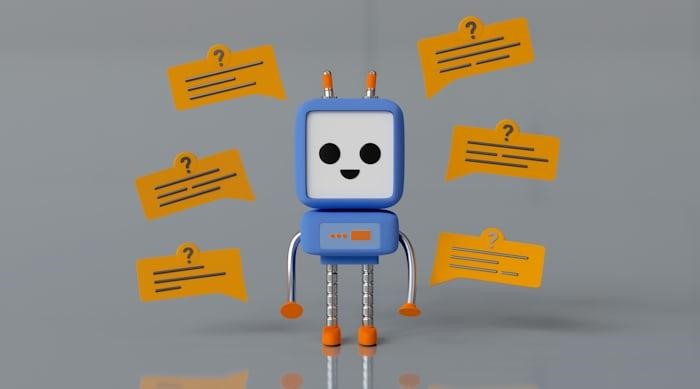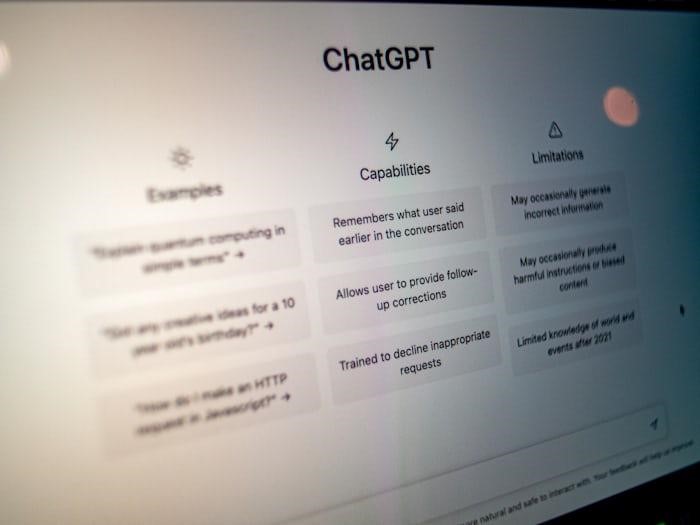The days of one‐size‐fits‐all chatbots are fading fast. What customers really crave now is genuine connection—a sense that they’re talking to someone (or something) that “gets” them. If your brand wants to leave a lasting impression, it’s time to think beyond standard Q&A bots. An AI agent that feels warm, witty, and human can turn routine interactions into moments people actually enjoy. Below, you’ll find five fleshed‐out strategies—complete with examples and best practices—to help your AI “come alive” in a way that resonates on a personal level.

1. Develop an Authentic Virtual Brand Ambassador
Forget robotic,
canned responses. Instead, craft an AI persona with its own backstory, quirks,
and conversational style. Think of it as hiring a brand ambassador who never
sleeps: someone who remembers customer names, picks up on inside jokes, and
shares anecdotes that feel spontaneous.
- Personality first. Define your ambassador’s voice—are they
playful and irreverent, or calm and reassuring? A sustainable snack brand might
opt for a health‐guru vibe with a side of dad jokes, while a luxury skincare
line might choose a soothing, spa‐instructor tone.
- Narrative threads. Give them a few “go‐to” stories or
metaphors. When a customer asks about ingredient benefits, your AI could quip,
“Think of vitamin C as that friend who always brings sunshine to your day—and to
your skin!”
- Continuous learning. Use machine learning to let your
ambassador adapt. If one user digs workout tips, the AI can remember that
preference and casually drop a post‐run smoothie recipe next time. Over dozens
of chats, what started as a generic responder evolves into a “friend” who
really knows you.
You can achieve all of this if you opt to build agent in Retool, and even more. All
you will ever need in AI, you will find here.
2. Use AI to Make Employees’ Lives Easier
Great products and services start with happy, focused teams.
Too often, talented staff waste time on tedious tasks: sorting emails,
coordinating calendars, or summarizing long memos. An internal AI “right‐hand”
can swoop in here, automating the grind so your people can concentrate on what
they do best.
- Smart inbox triage. Your AI assistant could flag truly
urgent emails—say, a sudden bug report from a top client—while auto‐filing
newsletters and promotions.
- Meeting whisperer. Instead of playing calendar bumper cars,
team members could ask the AI: “Find a two‐hour block for our marketing sync
next week.” The agent scans everyone’s availability and suggests slots—no
back‐and‐forth required.
- Report distiller. Hand it a 30‐page market analysis and get
back a crisp, three‐bullet summary highlighting key trends and risks.
This kind of frictionless support doesn’t just boost morale; it turbocharges productivity. When people spend less time wrestling with administrative roadblocks, creativity flourishes—and breakthroughs happen faster.

3. Create Engaging Experiences with AI-Powered AR and VR
Text chat can answer a question, but it can’t let you
virtually stroll through your new living room or try on that avant-garde
jacket. By blending AI with augmented (AR) or virtual reality (VR), you offer
immersive product encounters that delight and inform.
- AR staging for home goods. Imagine a customer using their
phone camera to overlay your latest sofa collection in their own living space.
Your AI guide could suggest color palettes based on their existing décor, or
flag when the coffee table might block foot traffic near the door.
- VR showrooms for fashion. Let shoppers enter a digital
boutique where an AI stylist offers outfit pairings, adjusts lighting to mimic
different environments, and even animates the fabric so you can see how it
drapes and flows.
- Interactive tutorials. For complex products—say, a high-end
espresso machine—your AI could walk users through a VR coffee-making demo,
pointing out how to tamp the grounds just right for optimal crema.
These experiences go beyond selling; they educate,
entertain, and build an emotional bond. When people have fun exploring, they
remember your brand—and come back for more.
4. Anticipate Customer Needs Before They Even Know Them
There’s magic in
surprise, especially when it’s genuinely helpful. Predictive AI analyzes
purchasing patterns, browsing behavior, and even external factors (like weather
or local events) to offer spot-on suggestions—often before customers realize
they want them.
- Seasonal wardrobe updates. A fashion retailer’s AI spots
that a customer always grabs lightweight linen in spring. Two months out, it
proactively nudges them with a sneak peek at new summer arrivals—and maybe an
early-bird discount.
- Subscription refresh reminders. If someone’s running low on
refills for a favorite skincare serum, the AI can ping them with a “Hey, looks
like you’re due for a top-up” message, complete with one-click reorder.
- Contextual upsells. Noticing a spike in rainy-day
accessories? The AI might suggest water-resistant backpacks or tech gadgets
with waterproof cases—just as the local forecast calls for showers.
By delivering the right offer at the right moment, you
transform marketing from a pushy sales tactic into a personal concierge
service.
5. Transform Social Listening into Community Connection
Rather than waiting for customers to come to you, let your
AI agent roam social platforms—identifying trends, pain points, and
conversations where your brand can add value.
- Real-time trend spotting. If chatter about “eco-friendly
laundry hacks” spikes, your AI could surface this topic, and your team could
swiftly craft a how-to guide featuring your biodegradable detergent.
- Proactive outreach. When an influencer posts frustration
about a product flaw, the AI can alert your support team to reach out with
tips, replacements, or even a smiley emoji—showing you’re listening.
- Community building. Aggregate themed chats—like “best
trail-running routes” or “plant-based dinner swaps”—and let the AI moderate
discussions, answer FAQs, and highlight standout user contributions.
Engaging where your audience already hangs out cements your
brand as a thoughtful participant—never a silent advertiser. Over time, these
micro-interactions build trust, spark word-of-mouth, and turn casual followers
into enthusiastic brand advocates.
Conclusion
Upgrading from basic chatbots to fully fleshed AI agents
isn’t just a flashy tech play—it’s a strategic shift toward authentic,
human-centered engagement. Whether you’re crafting a lovable virtual
ambassador, unshackling your team from drudgery, or delivering mind-blowing AR
experiences, the secret is the same: put people first, technology second. When
AI feels less like cold code and more like a genuine companion—insightful,
proactive, even a little fun—you’ll spark moments of delight that linger long
after the chat window closes. That’s how brands win hearts, one authentic
interaction at a time.


